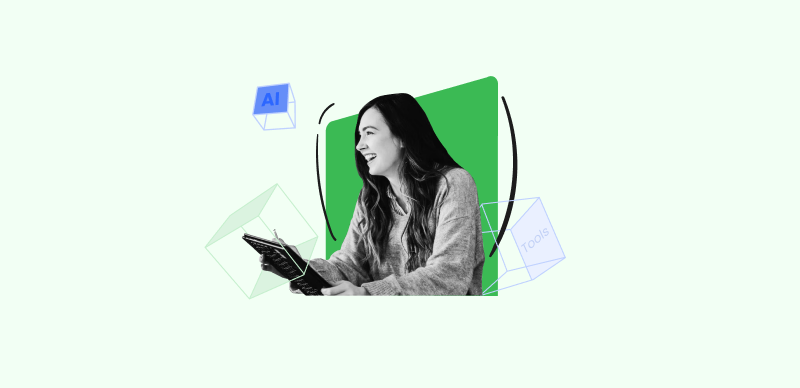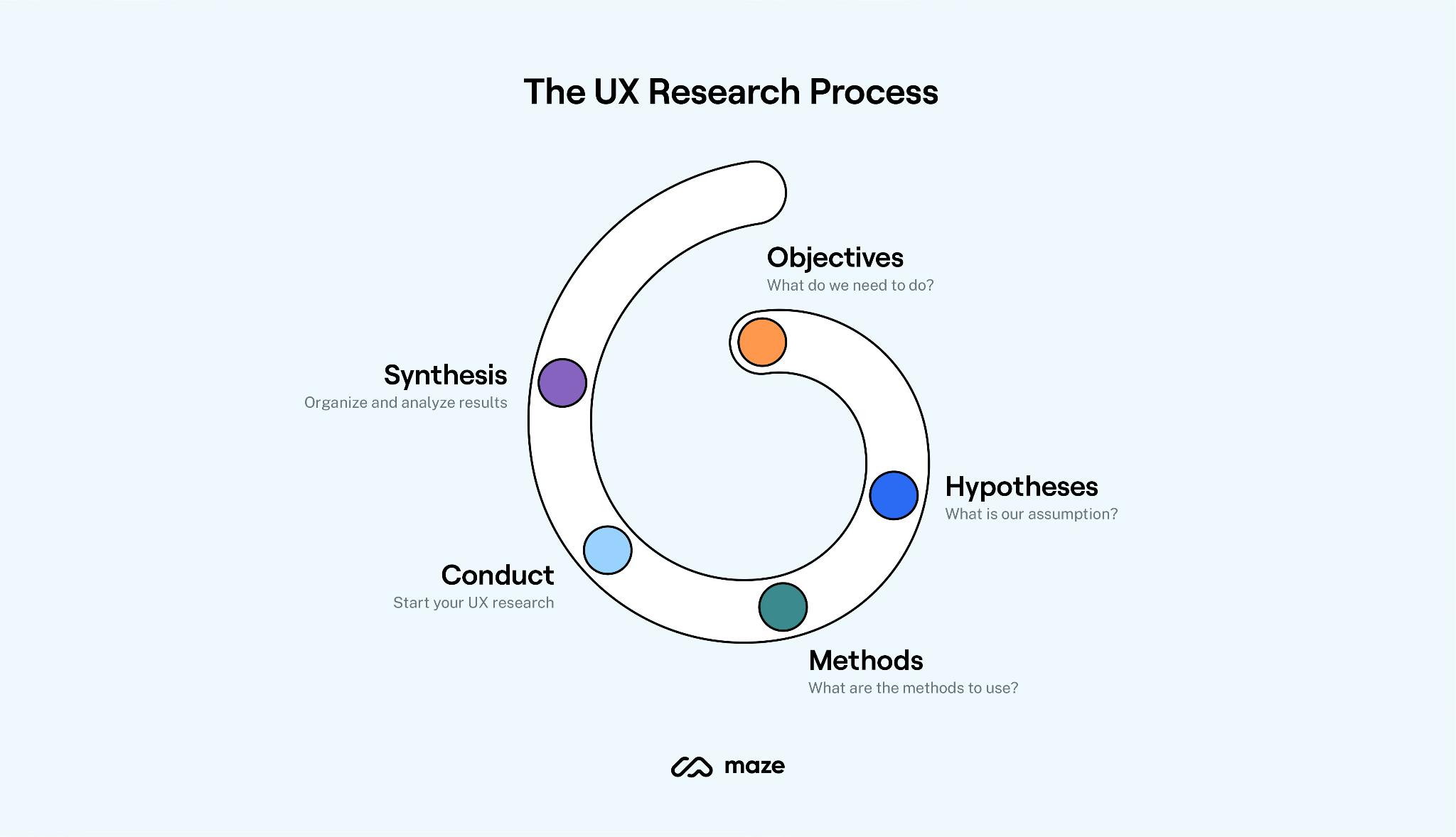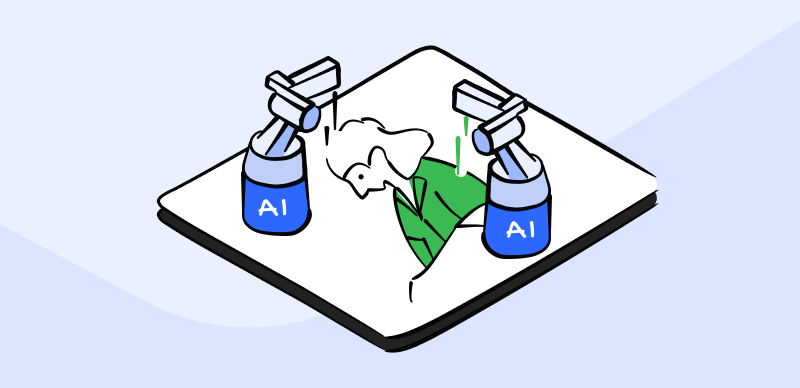Taking up a career in UX design comes with many perks. So, if you’re someone who is interested in pursuing a career in UX design, you’re in luck – there are many paths you can take to become a UX designer.
In this article, we’ll explore some of the key steps on how to become a UX designer. From explaining what UX designers do to discussing the necessary qualifications needed to help you stand out in the industry. Read on to find out more.
Also Read: The Power of Whitespace in Web Design >
What Does a UX Designer Do?
UX (User Experience) refers to the design elements which determine a user’s interaction with a product or service.
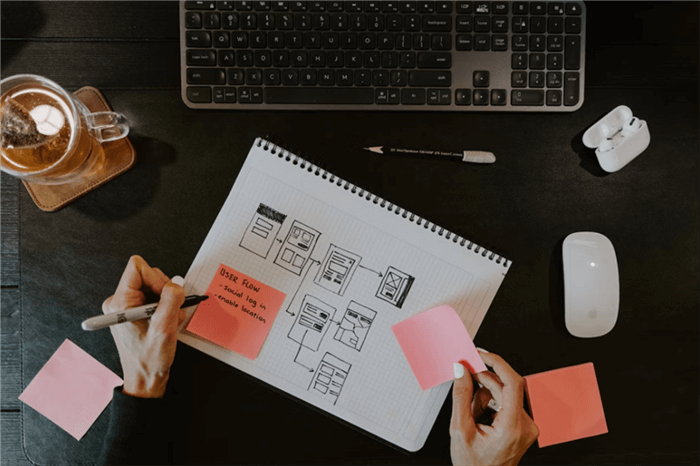
What Does a UX Designer Do
Let’s use the following scenario for you to easily understand what UX designers do. You want to buy a pair of shoes online. So, you start researching various options. The first website you encounter isn’t easily navigable and it’s unclear how one can make an order.
Out of frustration, you go back and click on another website that is very easy to use. Everything you need is displayed on the homepage and due to the great user experience, you decide to buy shoes from them.
Both the above experiences are a result of UX design.
UX designers are tasked with ensuring users/clients have a seamless experience either when using a physical or digital product like a website. They research the market, develop ideas and test them severally to ensure the final product is easy to use and clients can interact with it without feeling overwhelmed. Even after a product launch, it’s the job of a UX designer to develop new prospects and ideas on how to better user experience.
What Qualifications Do You Need to be a UX Designer?
To be a UX designer, you will need the following set of skills:
Be Proficient in Research and Analysis
UX designers heavily rely on data to enhance user experiences with products. If you are hired for a UX design job, you will be obligated to collect, research, and analyze quantitative and qualitative data on various matters. Therefore, you must have an in-depth understanding of research methods such as the use of focus groups, observations, interviews and surveys.
Possess Prototyping and Wireframing Skills
Prototypes are low to high-fidelity design models of the final product, whereas wireframes offer an overview of a page’s structure, functionality, and user flow. When you become a UX designer, you will be creating a lot of prototypes and wireframes during the product ideation phase. It’s, therefore, crucial to learn how to use different tools to create these structures.
UX Writing Skills
As a UX designer, your writing skills need to be top-notch. In UX, words are also part of the design. You should be able to come up with unique and persuasive content that can be easily understood by users and guide them to the desired action. UX designers are required to be empathetic and curious, so that their writing can be conversational and interesting.
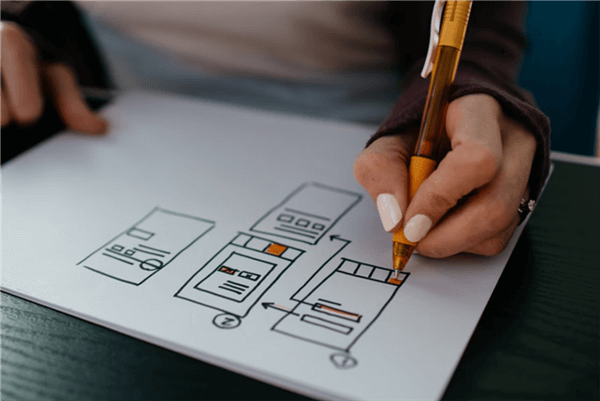
UX Writing Skills
Be Familiar with Design Tools
Most of the time, UX designers use tools to create various products. You need to have an in-depth understanding of popular design tools like InVision, Adobe XD, and UXPin. Still, on tools, it’s also a key requirement for you to be able to collaborate with other designers. That’s because, in some UX design projects, you may be working as part of a team.
Have Impeccable Communication Skills
Similar to other careers, UX designers are expected to have excellent communication skills. These skills don’t just come in handy in improving the user experience of a product. You will need them when interacting with stakeholders and other designers.
Knowledge of Design Principles
These are skills you will learn in your UX design course. Product design is surrounded by several concepts which you need to familiarize yourself with. These principles are pretty useful during the development and execution of ideas.
How to Become a UX Designer?
Anyone can become a UX designer as long as they have passion and determination. If you have decided to take up UX design, here are the steps to follow;
Step 1. Enroll in a UX Design Course
The best way to learn UX design is by taking an accredited course. There are several UX-related bachelor’s and master’s programs. When you enroll for such degree courses, UX will be part of the curriculum and you may also learn about other forms of design. These programs take around three to four years. So, if you are in a hurry, you can always take a UX designer course.
UX design courses are available all over the internet. Even Google has one. They are much shorter and often last less than a year. At the end of this course, you will be given a certificate which can make you stand out amongst other job candidates.

Enroll in a UX Design Course
Step 2. Build Your Portfolio
After completing a UX design program, most graduates are usually eager to jump into the job market. However, if you want to increase your chances of securing a job, always start by building a portfolio.
Build your independent designs and share them on UX platforms. Here you will get feedback and in the process, you will also be sharpening your UX design skills. A portfolio also spices up your resume. It allows you to stand out from other UX designers. If you can also add reviews and testimonials to your portfolio, that will be better.
Step 3. Look for Internships or Freelance Jobs
Understandably, most UX designers dream of working for large companies like Microsoft or Google. But not everyone may have such an opportunity. That’s why it’s a good idea to start small. As you apply for a UX design job from your favorite companies, look for internships or freelance gigs.
These opportunities will build your experience. And you will also learn more about collaboration, teamwork, and how to use design tools. You may also find out that freelancing is more convenient for you than a full-time job.
Step 4. Network with Fellow UX Designers
Networking isn’t all about getting mentorship. It can also open up many job opportunities. Therefore, don’t spend all your time behind a computer once you get certified as a UX designer. Attend UX-related events and meet colleagues from all parts of the world. Through networking, you can learn about recent trends or tools. You can also boost your confidence by sharing knowledge or tips about various aspects. Networking doesn’t have to happen in person, you can also connect with other designers on social media.
Step 5. Keep on Learning
Even after you find a well-paying UX design job, never stop learning. Unlike other careers, UX design is dynamic. To keep up with recent trends, you have to read more. You can take more advanced courses part-time. Also, don’t forget to update your portfolio. In this industry, there are always better opportunities. Therefore, keep your ears open.
FAQs of UX Designer
1. Are UX designers in high demand in 2023?
UX design has been ranked as the top 50 best jobs in the market. When you browse through popular job boards like Indeed and LinkedIn, you will see thousands of UX design vacancies. The high demand for UX designers is fueled by the promising tech industry which keeps growing every year. Also, more companies are migrating to the digital space and there is a high need for better user experience.
2. Did the design industry survive Covid-19?
Many industries were heavily hit by the pandemic. However, due to the nature of UX design, it survived because people were able to work from home. Post-pandemic, many companies still need UX designers.
3. How hard will it be for new UX designers to find jobs in 2023?
On the contrary, it will be easier for new UX designers to find jobs in 2023. Most companies prefer to hire UX designers who work remotely. This is something new designers are well experienced with thanks to online courses. Also, newbies are more attractive to employers because they come with fresh ideas.
4. How long does it take for one to become a UX designer?
It usually takes about one to five years for a person to become a UX designer. This is inclusive of the training and internship duration. However, if you take a full-time course, you can be a certified UX designer in less than six months.
Wrapping Up
The demand for UX designers is currently high. The pay is really good. Now is the best time for you to pursue this career. Unlike other tech-related jobs, UX design doesn’t need prior experience. By taking a UX design course, you can learn all there is about user experience. Through practice and networking, you can set yourself on the path to success.

